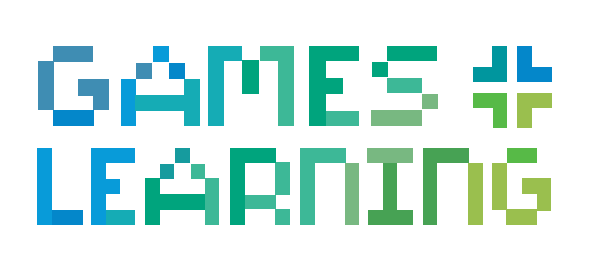Gaming and education; two separate
entities that for the most part, people used to think went together as well as
oil and water, but in today’s culture, gaming can be seen as a either casual
way to wind down after a long day at school and work or as a competitive
multimedia tool. Education on the other hand, in the context of active learning
is fairly self explanatory. For decades, some researchers and subsequently, parents
have warned about the dangers of mindless video gaming and its supposed ability
to rot children’s minds and their future. However, that notion seems to be almost
nonexistent thanks to the efforts of other researchers whom found interest in proving
that games, whether it be online or as a physical activity, was in fact an
invaluable teaching and learning tool. “The time
children spend playing with peers, toys, and games can be time to learn new
skills, practice their existing abilities, and build their interests,
especially in mathematics (Ramani & Eason, 2015, p. 27)”.
You won’t have to look far to see
that almost everyone is attached to some sort of electronic device. It has come
to dominate our daily lives and with that in mind why not take advantage of it
and try to incorporate education into our electronic lives? And this is where
the aspect of gaming comes in handy. To examine the usefulness of this
combination, as a class were split into groups and tasked to scour the internet
for an educational game that all members of the group would like and agree upon
for a presentation. Although our group originally consisted of four people, it
eventually shrank down to just three, which threw us off at first. However,
after getting used to one less member, it became slightly easier to compromise
since two of the remaining members were elementary education majors, while the
other was a secondary math major.
This meant that all we had to do
was find a common ground between the two majors; of which was easier said than
done. As a group, after spending quite a bit of time digging and sifting
through the masses of educational games available on the internet, we decided
upon an free elementary math game called “MathMan”, an updated throwback to one
of the most popular games in video gaming history; Pacman.
MathMan is an
arithmetic game designed for students in elementary school ranging from 3rd
to 5th grade. Its aim is to help students review and strengthen
their problem solving skills with efficiency and accuracy in all of the four
basic operations; addition, subtraction, multiplication and division. Although
we all agreed that mathman was a fun and useful game with the added bonus of a
recognizable character, it was not without its own shortcomings. When we were
creating the rubric, two of the major flaws we noted were the lack of feedback and
its lack of clear instruction which could potentially confuse a student even
before they had a chance to play the game. After taking note of these major
flaws, creating the rubric for the game was much easier
Without these specific traits, the
overall score of the game in our group rubric suffered. To further support the
importance of these traits Panhuizen, Kolovou and Robitzsch reference the
earlier work of researchers Li and Ma who found that in
their meta-analysis of the effects of computer technology on mathematics
achievement, there was indeed a positive impact on achievement and in scoring. These
positive effects of technology on mathematics learning can be attributed to its
unique characteristics, such as interactivity and immediate feedback (Roschelle
et al., 2000). Especially feedback that prompts students to reflect on their
own thinking is crucial for learning. (Hewitt, 2012)
For our presentation,
we utilized Prezi and YouTube as our main presentation tools, but in our
interactive portion, we also used Voki and Google Hangouts as a way to bring
the class together and have them compete in a fun quiz. On a more personal
note, I thought it was very cute to have Albert Einstein present our questions
to the class and see the competitiveness between all of our classmates. But this
could not have been done without the cooperation from all of us. As we all had
different schedules, most of the tasks that needed to be done were delegated to
us beforehand in order to eliminate all unnecessary meetings. Most of these
tasks were completed in Google Docs in order to view and track any changes;
however, since most of these tasks were done in our own independent time, we
did meet on Tuesday to practice a short run through of the presentation and to
iron out any final kinks.
It is important to understand that
even though there are thousands of educational games, what truly makes an
educational game good are its characteristics and how well it presents its
contents to its intended audience. By doing this assignment, I have come to
realize that it’s important not only to pay attention to the content of what you’re
trying to get your kids learn, but also how it is taught and whether or not it
reinforces what you teach.
References
G. B., & Eason, S. H. (2015).
It all adds up: Learning early math through play and games. Phi Deltan Kappan, 96(8),27-32.
Heuvel-Panhuizen, M., Kolovou,
A., & Robitzsch, A. (2013). Primary school students' strategies in early
algebra problem solving supported by an online game. Educational Studies In Mathematics,
84(3), 281-307.


Hi:
ReplyDeleteNicely written.
-j-